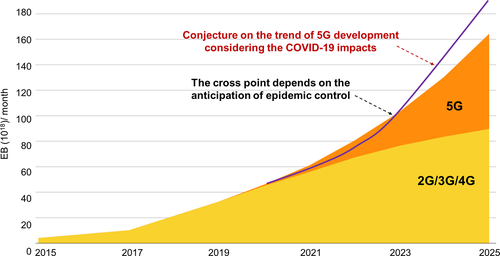As the UK sets out plans for an end to lockdown the question for many of us is what life will look like in the new, post-lockdown, normality. Designers in particular can, and should, play a part in re-imagining public spaces to create safe environments that help people to feel confident again in social interactions.

Figure 1 Courtesy of focusonmore.com, CC BY 2.0 via Wikimedia Commons
A number of design companies and institutions have already begun this work of re-imagining. Arup, the design and engineering company involved in the design of cities around the world identify three design lessons for the post pandemic city:
- a need for city wide digital transformation, ensuring that all public services are digitised to enable faster and better responses to changing social and economic needs
- design that works for everyone, to ensure that even the poor and marginalised benefit from lessons learned in the pandemic
- decentralisation to increase resilience and avoid complete systems failures
https://www.arup.com/perspectives/three-design-lessons-for-the-post-pandemic-city
The Gensler Research Institute, a US based organisation focused on “design, business and the human experience”, identifies many specific areas where design thinking is needed post-pandemic including airports, public transport, workplaces, cities, open spaces, retail, education, healthcare and food. Like Arup, Gensler see the need for equity as key, for example for the poorest workers who face long commutes on public transport and in the creation of equal access to green space in cities.
Decentralisation is also considered, in this case in relation to technology companies where discussion of the new role of the workplace envisages offices as hubs where staff come occasionally but work from home the rest of the time, researchers suggest that company facilities such as cafes, gyms and meeting spaces be opened up to the wider community for use alongside employees. The need for physical and emotional safety in the work environment is identified as an important area that thoughtful design can contribute to, for example through the creation of visual cues to maintain social distance and the integration of sanitation stations. An example of increased resilience is the recommendation to ensure greater food security by incorporating urban agriculture into the built environment of cities .
The UK Design Council convened a group of built environment experts to discuss possible responses to the first lockdown, such as repurposing public buildings for people needing spaces in which to work, or reconfiguring streets for recreation and safe use. This discussion culminated in considering the implications of the emergency for the future and put together a number of challenge statements which echo the thoughts of Arup and Gensler, including concerns for equity and resilience.
- How can we retrofit neighbourhoods, urban public space and green space to allow for low-density exercise and play which is good for social trust & mental well-being?
- How can we create safe and hygienic transportation which allows the resilient supply & movement of people, food & equipment to the right places at the right time?
- How can we repurpose or re-use buildings, housing and accommodation to allow for physically and mentally healthy self-isolation and home working?
- How can we utilise and build upon current behaviour changes and appreciation of nature to address global warming and reducing greenhouse gas emissions?
- How can we ensure ongoing relief efforts are equitable and inclusive?
The Design Council list also raises the issue of behaviour change and awareness of the environmental challenges facing the world. This addition to the list of things to be addressed post-pandemic is a poignant one, since the pandemic has had both benefits and drawbacks from a sustainability point of view. In a paper by Jiří Jaromír Klemeš, Yee Van Fan and Peng Jiang (2020 the authors discuss the rise in online shopping, and reduction in traffic movements and international travel. They say that whilst these things may have decreased emissions and transport related energy use during the pandemic period, it is very likely that post-pandemic levels of usage will quickly bounce back and may even increase as people regain confidence in travelling and meeting. At the same time, with workplaces closed, energy demand in homes has risen, and data centres, which had already increased energy use significantly in the past decade have seen unprecedented use. Up and coming data networks, 5G and 6G are associated with huge increases in energy demand. In addition, the pandemic has generated a large amount of single use plastic waste as essential workers and others have donned PPE. Safety has outweighed sustainability and of bottles of sanitiser, single use cleaning wipes and other products have been used and it is likely that these precautions will continue for a long time.

Figure 2: Klemeš et al (2020) Global mobile data traffic outlook (Adapted from Ericsson Mobility Report, June 201915). Traffic generated by fixed wireless access (FWA) services is excluded https://onlinelibrary.wiley.com/doi/10.1002/er.6007 accessed 04/03/2021
Klemeš et al (2020) conclude that the pandemic could trigger the start of a new wave of innovation in energy technologies and sustainable approaches, driven by renewable energy technologies and combined with online services, activities and smart city developments.
The pandemic has, in many ways forced us to look at our values and our behaviour and to re-evaluate as individuals and community. Will the opportunity that it has brought to look at our institutions, businesses and infrastructure be seized?
References
Jiří Jaromír Klemeš, Yee Van Fan and Peng Jiang COVID‐19 pandemic facilitating energy transition opportunities, International Journal of Energy Research, https://onlinelibrary.wiley.com/doi/10.1002/er.6007

Leave a Reply